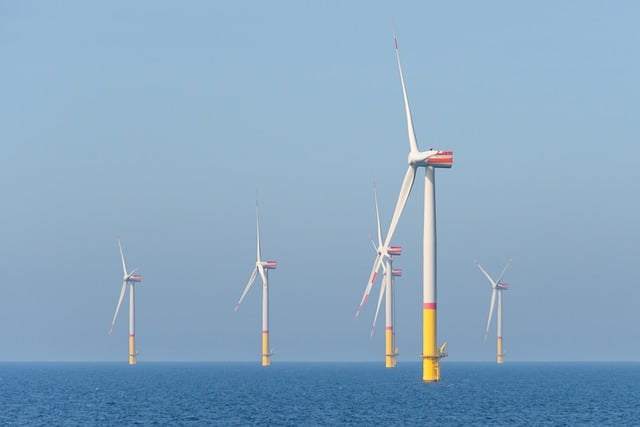Embracing a Greener Future in Agriculture
As we navigate through the challenges posed by climate change and resource depletion, sustainable agriculture emerges as a beacon of hope. Farmers and consumers alike are increasingly aware of their ecological footprint, leading to a collective drive towards methods that nourish both the land and its inhabitants. This journey isn’t just about growing crops; it’s about cultivating a future where our practices align with the natural world.
The Pillars of Sustainable Development
Sustainable development in agriculture focuses on meeting the needs of the present without compromising the ability of future generations to meet their own needs. This vital approach is reshaping our farming landscape, highlighting the importance of maintaining soil health, conserving water, and reducing dependency on chemical fertilizers. By integrating crop rotation, agroforestry, and organic farming, we not only enhance biodiversity but also improve the resilience of our food systems.
Reducing Our Ecological Footprint
A critical aspect of sustainable agriculture is its role in minimizing our ecological footprint. Traditional farming practices often lead to soil degradation, water scarcity, and loss of biodiversity. In contrast, sustainable agriculture adopts practices that restore ecological balance. By utilizing cover crops, adopting minimal tillage, and harnessing the power of microorganisms in the soil, farmers can enhance soil fertility while reducing the need for synthetic inputs. This shift towards more mindful practices results in healthier ecosystems and communities.
Harnessing the Power of Green Technologies
Innovation plays a pivotal role in achieving sustainability in agriculture. Green technologies like precision agriculture, which uses data analytics and sensors, allow farmers to make informed decisions that optimize resource use and reduce waste. Renewable energy sources, such as solar and wind, can power farms, further lowering carbon emissions. By adopting these advancements, the agricultural sector leads the charge toward a greener economy, proving that productivity and sustainability can go hand in hand.
Towards a Carbon Neutral Future
The goal of becoming carbon neutral is more than just a target; it’s a necessity for the survival of our planet. Sustainable agriculture provides the toolkit to achieve this ambition. Practices like reforestation, improved grazing management, and the application of regenerative agriculture techniques can help sequester carbon in the soil, significantly reducing the carbon footprint of agriculture. As more farmers commit to these sustainable practices, we can envision a landscape where food production does not contribute to global warming, but rather works in harmony with the earth.
By embracing sustainable agriculture, we are not only nourishing ourselves but also paving the way for future generations. This holistic approach aligns economic viability with the health of our planet, ensuring that indispensable resources are preserved for all living beings. Together, we can foster a world where agriculture thrives sustainably, allowing both our environment and communities to flourish.




